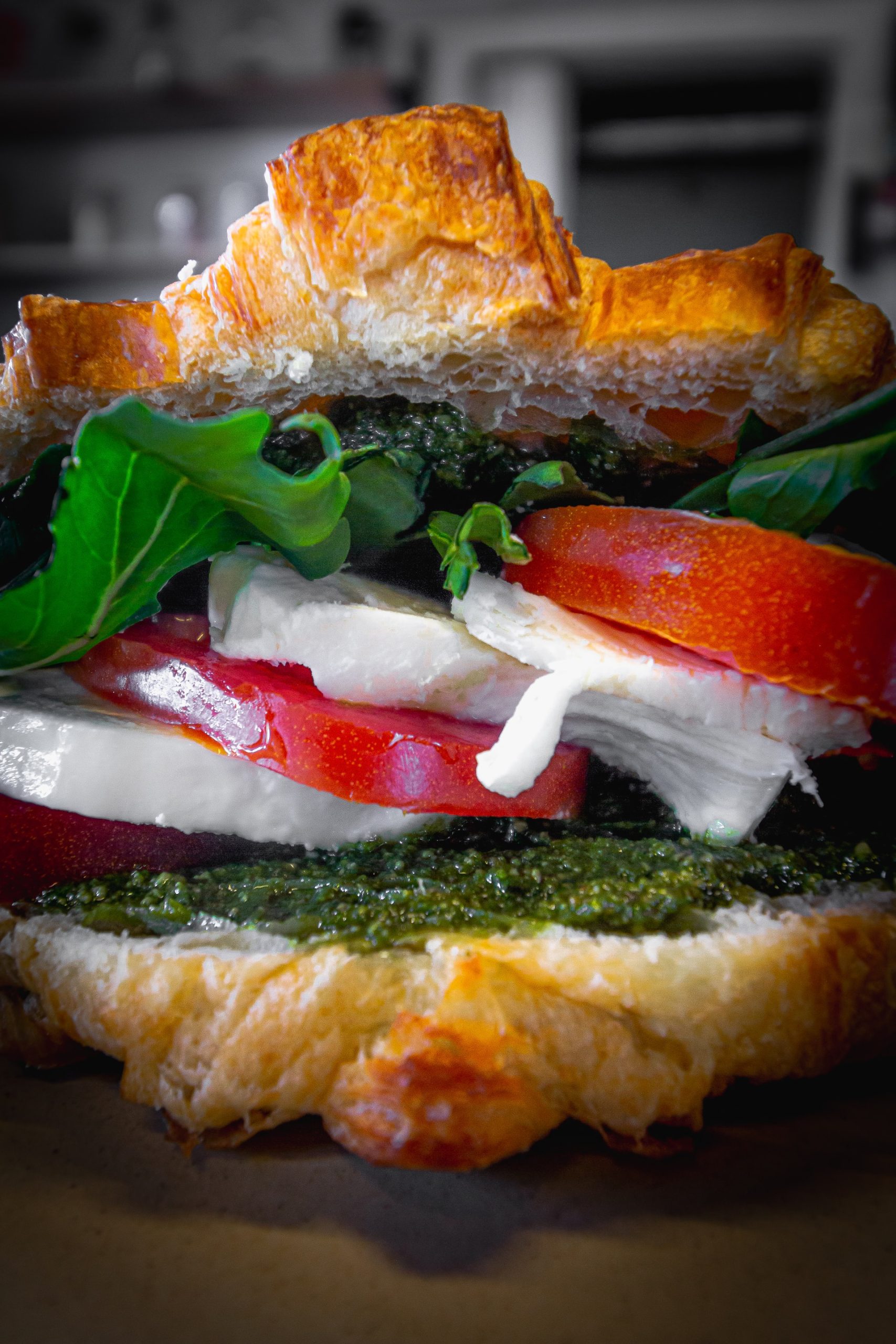Introduction:
For a significant period, Bud Light enjoyed an unrivaled position as the top-selling beer in the United States, capturing the hearts and palates of beer enthusiasts nationwide. With its widespread availability, consistent quality, and successful marketing campaigns, Bud Light became a staple in the industry and a symbol of American beer culture.
Bud Light: The Ascendancy of a Beer Giant:
Bud Light’s ascent to the top can be attributed to multiple factors. The brand’s refreshing taste, strategic marketing initiatives, and extensive distribution network propelled it to the forefront of the beer market. Bud Light’s dominance was bolstered by strong brand recognition, making it a go-to choice for consumers across bars, restaurants, and retail outlets.
Boycott Contention: The Catalyst for Change:
However, Bud Light’s journey took an unexpected turn when it became embroiled in a boycott contention. Triggered by a range of factors such as controversial actions, conflicting values, or perceived missteps, the boycott campaign unleashed a wave of consumer discontent. This contentious situation ultimately led to Bud Light’s relinquishment of its best-selling status, signifying the end of its reign.
The Power of Consumer Activism:
The downfall of Bud Light underscores the growing power of consumer activism in shaping brand success and market dynamics. Today’s consumers are increasingly vocal about their expectations for ethical business practices, social responsibility, and brand alignment with their values. Through social media platforms and organized movements, consumers can exert significant influence, prompting companies to address concerns and adapt to changing consumer sentiment.
Evolving Consumer Preferences and Market Dynamics:
Bud Light’s decline reflects the shifting preferences of consumers in the beer industry. Modern consumers seek more than just a generic beer experience; they crave variety, authenticity, and a connection with brands that resonate with their individuality. This shift in consumer preferences has created opportunities for craft breweries, niche brands, and regional producers to gain traction by offering unique flavors, innovative brewing techniques, and localized appeal.
Implications for Bud Light and the Beer Market:
The end of Bud Light’s reign has significant implications for both the brand and the broader beer market. Bud Light must navigate the task of rebuilding trust, addressing consumer concerns, and adapting to evolving preferences to regain market share. Meanwhile, the beer market itself must recognize the power of consumer sentiment, embrace diversity, and remain responsive to changing dynamics in order to thrive in an increasingly competitive landscape.
The Road Ahead:
The road ahead for Bud Light involves strategic decision-making, active engagement with consumers, and a renewed focus on brand values. By embracing transparency, incorporating consumer feedback, and innovating to meet evolving preferences, Bud Light can position itself for a potential resurgence in the future.











